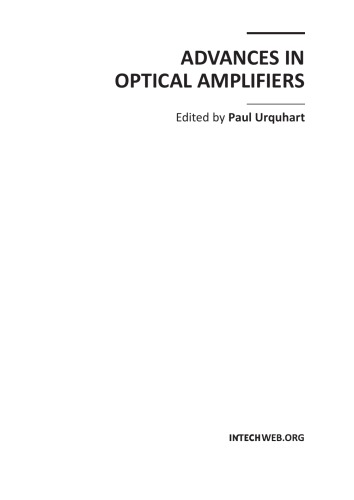

Most ebook files are in PDF format, so you can easily read them using various software such as Foxit Reader or directly on the Google Chrome browser.
Some ebook files are released by publishers in other formats such as .awz, .mobi, .epub, .fb2, etc. You may need to install specific software to read these formats on mobile/PC, such as Calibre.
Please read the tutorial at this link: https://ebookbell.com/faq
We offer FREE conversion to the popular formats you request; however, this may take some time. Therefore, right after payment, please email us, and we will try to provide the service as quickly as possible.
For some exceptional file formats or broken links (if any), please refrain from opening any disputes. Instead, email us first, and we will try to assist within a maximum of 6 hours.
EbookBell Team

4.0
6 reviews
ISBN 10: 9533071869
ISBN 13: 9789533071862
Author: Paul Urquhart
Part 1: Fundamentals and Foundational Technologies (Brief Review)
Part 2: Advanced Design and Performance Enhancements in Established Amplifiers
Part 3: Emerging Optical Amplifier Technologies
Part 4: System Integration and Performance Optimization
Part 5: Applications Beyond Traditional Long-Haul Networks
Part 6: Challenges and Future Directions
Conclusion: The Continuing Evolution of Light
advances in optical amplifiers
advances in photonics
optical amplifiers and their applications
advanced amplifiers
optical amplifiers
Tags: Paul Urquhart, Advances, Amplifiers